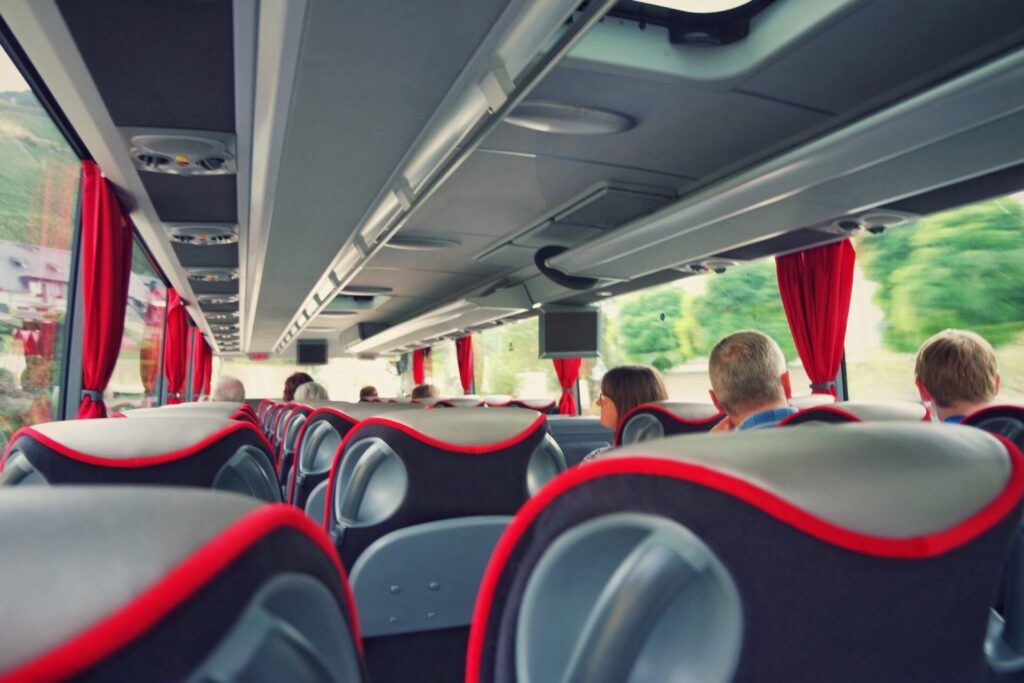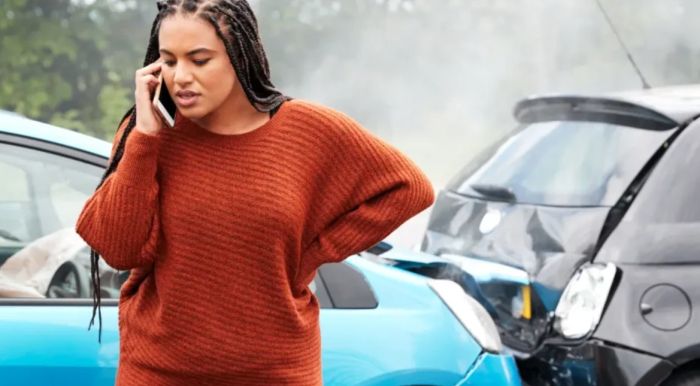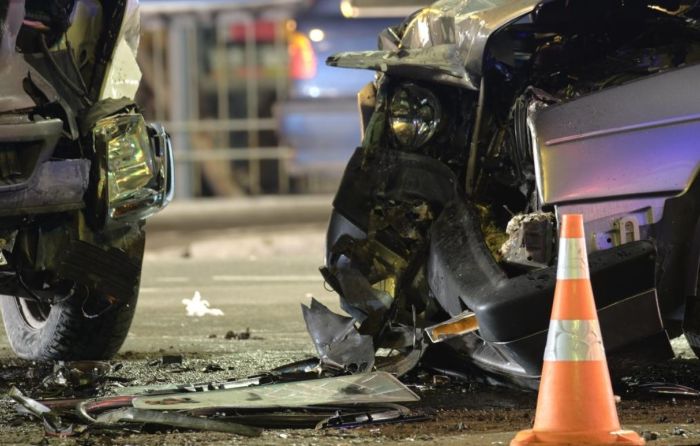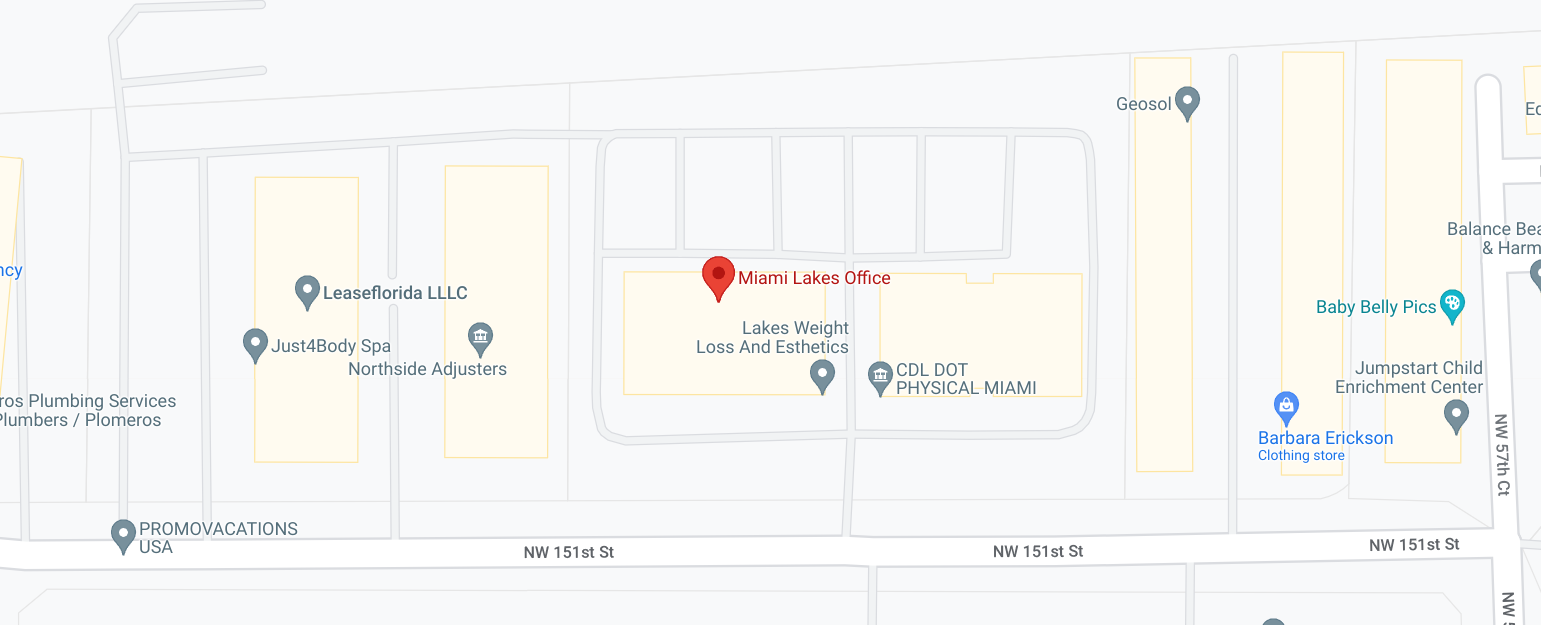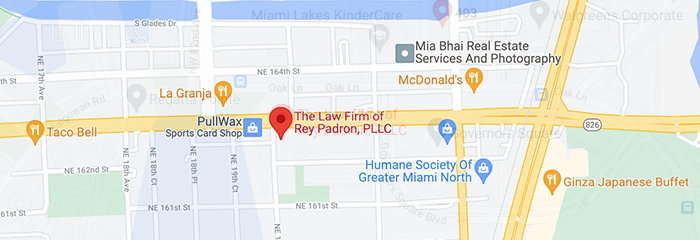Why are Miami roads dangerous? Statistics don’t lie, and the numbers for car accidents in Miami are alarming. Therefore, it is essential to ask this question to better understand how to keep the roads safe and how drivers in Miami can keep themselves safe. Understanding how car accidents happen in Miami is crucial when filing a car accident claim. While you can work with an experienced car accident lawyer in Miami, knowing these factors will give you a better chance of a successful claim.
2025 Car Accident Statistics in Miami
Reading or hearing news about fatalities and injuries in a Miami car crash is unfortunate. Sadly, it is a common occurrence. Take this, for example: a Miami crash involving four vehicles that killed one and injured two people. Another news story made headlines in Miami after a University of Miami linebacker was hurt in a fatal car crash that killed two kids. Not too long ago, a truck overturned in Miami, resulting in closed roads and one death.
Instead of merely examining the number of deaths and injuries, it is a better approach to investigate what these numbers signify. However, first, you need the numbers to understand where the problem originates and how to address it.
As of 2025, these are the car accident statistics in Miami and the entire Miami-Dade County:
- All Crashes – 147,161
- Fatalities from Crashes – 1,192
- Injuries from Crashes – 100,682
- Fatal Crashes – 1,103
- Motorcycle Crashes – 3,835
- Motorcycle Crash Fatalities – 230
- Hit and Run Crashes – 35,320
- Hit and Run Fatalities – 57
- Hit and Run injuries – 7,924
- Pedestrian Crashes – 4,038
- Pedestrian Fatalities – 220
These car crash statistics in Miami are from the Florida Highway Safety and Motor Vehicles website.
How Poor Road Design Contributes to Car Accidents
With a staggering number of car accidents in Miami, is this all the driver’s fault? Does the road design contribute to this increased risk of car crashes?
Experts unanimously agree that poor road design significantly contributes to the increased car crash rates in Miami. Understanding this crucial link not only enhances public safety but also equips you with valuable knowledge in legal disputes.
So, how does poor road design contribute to higher rates of car accidents? Let’s break them down!
1. Hazardous Road Conditions
Poor road design creates hazardous road conditions for vehicles. Common design flaws in roads include narrow lanes and sharp turns or corners. These limitations in road design require higher precision when driving to avoid overshooting the lane next to you or colliding with other vehicles, especially at higher speeds.
Limited maneuverability can be more challenging in certain weather conditions, such as rain or snow. In addition, you must consider the possibility of drivers in Miami being under the influence of alcohol; these risks could easily add up. Navigating these hazardous road conditions, which are often poorly designed, can be more challenging for larger and heavier vehicles, as they are at an increased risk of rolling over.
2. Poor Intersection Design
Intersections are critical to public and road safety. It is the point where vehicles meet, and where accidents are typically most likely to occur.
A well-designed intersection is crucial for preventing traffic congestion and facilitating turns as vehicles move in different directions. When intersections are properly designed, they facilitate smooth traffic flow and ensure safe pedestrian crossings.
On the other hand, intersections with insufficient signage or confusing layouts are at risk of collisions.
3. Lack of Warning and Road Signs
Road signage plays a pivotal role in good road design. They effectively communicate essential messages to drivers, enabling them to adjust their driving behavior and ensure safety.
For example, speed limit signs allow drivers to drive within the designated speed limit. It is especially true when driving in school zones and other high-traffic areas. Reducing speed is crucial to maintain safety, not just for drivers but also for pedestrians.
Road signs that warn drivers of sharp turns and upcoming construction zones are crucial. They enable drivers to prepare for what’s ahead and stay alert about changes in road conditions, fostering a culture of caution and alertness.
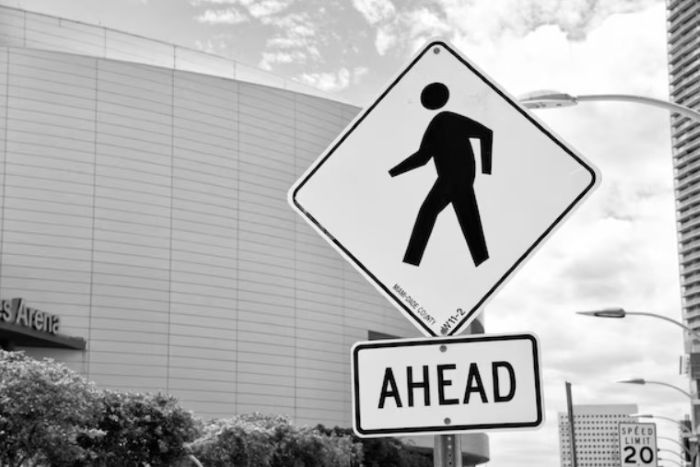
4. Poor Road Maintenance
A lack of road maintenance can also increase the likelihood of accidents on roads. Faded lane markings, uneven roads, or potholes combine to create road nuisances that cause vehicles to lose control or swerve out of their lanes.
Poor road conditions can also be devastating to the vehicle’s internal components, such as the suspension. These factors increase the risk of car accidents.
5. Lack of Merge Lanes
Providing adequate merge lanes is essential in preventing car accidents. Without them, vehicles are forced to enter into an existing traffic abruptly. This driving behavior increases the likelihood of side-swipes and rear-end collisions. Proper merge lanes give vehicles entering a major road or highway sufficient time to find their lane without disrupting traffic.
6. Improperly Designed Slopes
Slopes in roads are hazardous, and they should be designed to be as gradual as possible. When there is a steep gradient, it can be dangerous as vehicles need more power to ascend or increase braking to descend.
Traffic engineering is the design and implementation of road structures that ensure a safe and efficient transport for all vehicles. Traffic engineering encompasses all aspects of traffic management, such as road signs, lane markings, traffic lights, intersection design, and roundabouts.
Roundabouts are proven to be a crucial road design feature, as they help reduce vehicle speed and decrease the likelihood of collisions, while directing traffic flow with greater efficiency.
Again, it is crucial to emphasize that several factors can contribute to an increase in car accidents in Miami. Driver negligence is still a pressing issue, and among the most significant factors you can contend with when filing a car accident claim. However, understanding how poor road design contributes to this can also enhance awareness of how to prevent accidents from occurring.
Most Dangerous Roads in Miami
Familiarizing yourself with the most hazardous roads in Miami helps you make the necessary adjustments and take the necessary precautions when navigating these roads. These roads are dangerous by design or due to poor conditions, which makes them accident-prone.
Interstate 95
This highway runs along the Atlantic Coast for over 1,000 miles. The stretch from Miami-Dade to Broward is considered one of the most dangerous roads in Florida, resulting in 1.73 accidents per mile. However, the road is not solely to blame, as most of these accidents resulted from distracted driving. It highlights the deadly combination of poor road design and conditions, along with poor driving habits, as a leading cause of accidents.
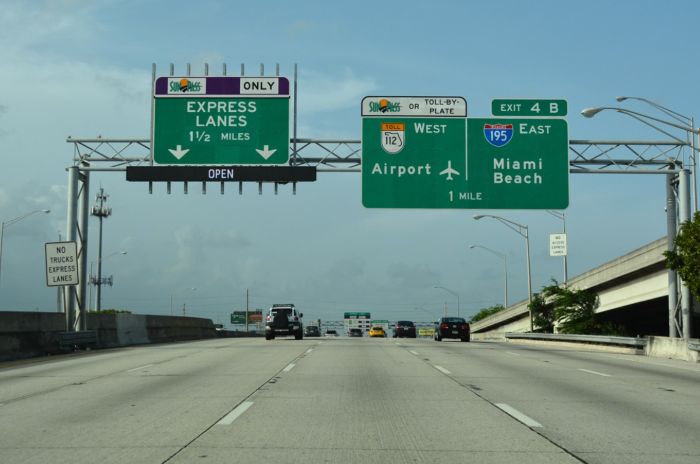
The Brickell Avenue Bridge
Apart from the rising drawbridge that resulted in a serious injury, there are many hazards present on the road leading to and from the bridge. Traffic in this intersection halts when the drawbridge rises to make way for boats traveling from the Miami River to Biscayne Bay. It is especially congested during rush hour on weekdays. Therefore, it is unsurprising that many accidents occur in this part of Miami, where four lanes of non-moving traffic are ready to accelerate once the bridge drops.
NE First Avenue and NE Sixth Street
This Downtown Miami road is among the most dangerous roads in Miami. It was even named by the Department of Transit and Public Works as America’s most dangerous intersection. Several factors contribute to the danger at this intersection, including traffic congestion and aggressive driving behaviors. Many new drivers in Miami, especially tourists unfamiliar with the area, are confused about the layout, as it involves two one-way streets that intersect.
The intersection also feeds into the I-95, which explains why many drivers who pass this area are known for their speedy driving as they exit the highway. As a result, numerous accidents have been reported at this intersection, mostly involving serious injuries.
SW 117th Avenue and 152nd Street
The SW 117th Avenue and 152nd Street intersection is another one of Miami’s most dangerous roads. It features a complex layout and gets a high volume of traffic. The intersection consists of multiple lanes, making it challenging for drivers to make turns or cross traffic, especially since many drivers are traveling at high speeds.
Adding to the risk of this intersection is its proximity to schools and community centers. Therefore, it is unfortunate that many car crashes in this area involve pedestrians. Visibility issues can also arise at specific points in this intersection, making it hard for drivers to see where they are supposed to turn or for pedestrians to cross.
How Miami Road Design Impacts Your Car Accident Claims
Road design is a factor over which you have no control in the event of a car accident. Understanding the risks involved is crucial, especially when you are the victim. Working with an experienced Miami car accident lawyer allows you to use this information to your advantage and have a successful claim.
So, how do you prove liability in Miami’s poor road design? It is crucial to collect evidence on-site, such as dashcam videos and photos. The evidence, along with the police report, will help determine liability and how the poor road design and lack of maintenance contribute to it. In this case, government agencies or private contractors may be held responsible for contributing to the car accident due to poor road design and maintenance.
Aside from the poor road design, you must also gather eyewitnesses and other potential evidence that could indicate the other driver’s liability, if any. While poor road conditions can increase the risk of car accidents, driving habits like distracted driving and speeding remain among the top causes of car crashes in Miami.
Once you determine the liable party and have proof of negligence, you can pursue compensation for the accident by filing a lawsuit or an insurance claim. You must name the specific party in the lawsuit or claim so they can address it. You can recover damages for your car accident for medical bills (in case of injuries), lost wages, and property damage. The insurance claim or lawsuit can also specify other types of damages, such as trauma or other losses resulting from the accident.
How a Miami Car Accident Lawyer Can Help in Accidents Due to Poor Road Design
If you or someone you know has been involved in a Miami car accident due to poor or dangerous road conditions, seeking the help of an attorney is crucial. A knowledgeable attorney can help navigate the process of filing a lawsuit or insurance claim, especially when the negligent party is a government agency or a private contractor.
Aside from claim damages for your injuries and damage to your vehicle, the most critical part of pursuing the case would be to encourage the negligent parties to do their part in ensuring road safety and improving road design. Understanding what causes car accidents will inform the appropriate agencies and contractors on how to address the risks, making the roads safer for drivers and pedestrians in Miami. It will likely prevent future car accidents.
Most lawsuits of this nature can be settled out of court, so you must have a car accident lawyer in Miami to represent you during negotiations with a government entity or a private corporation. It ensures that you will get a fair settlement offer from the negligent party. But if it goes to trial, an attorney can also prove valuable in proving liability and present your case before a jury and the judge. They can help with handling proper legal documents to support your case. Without legal expertise on your side, you can be overwhelmed with the legal complexities of proving liability and negligence.
No matter how your case is settled, you should never be without a car accident lawyer as your legal representative. Hire an expert car accident lawyer to stand up for your rights and ensure you get maximum compensation for any damages.





